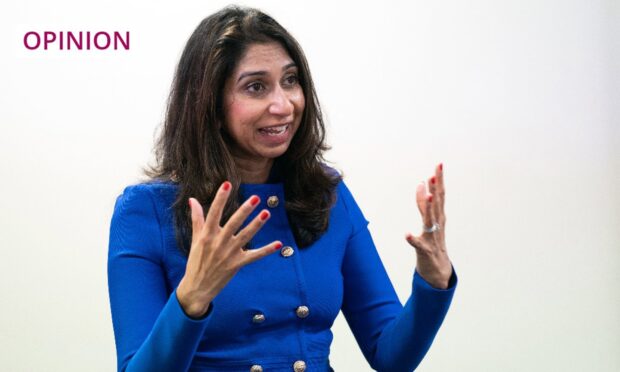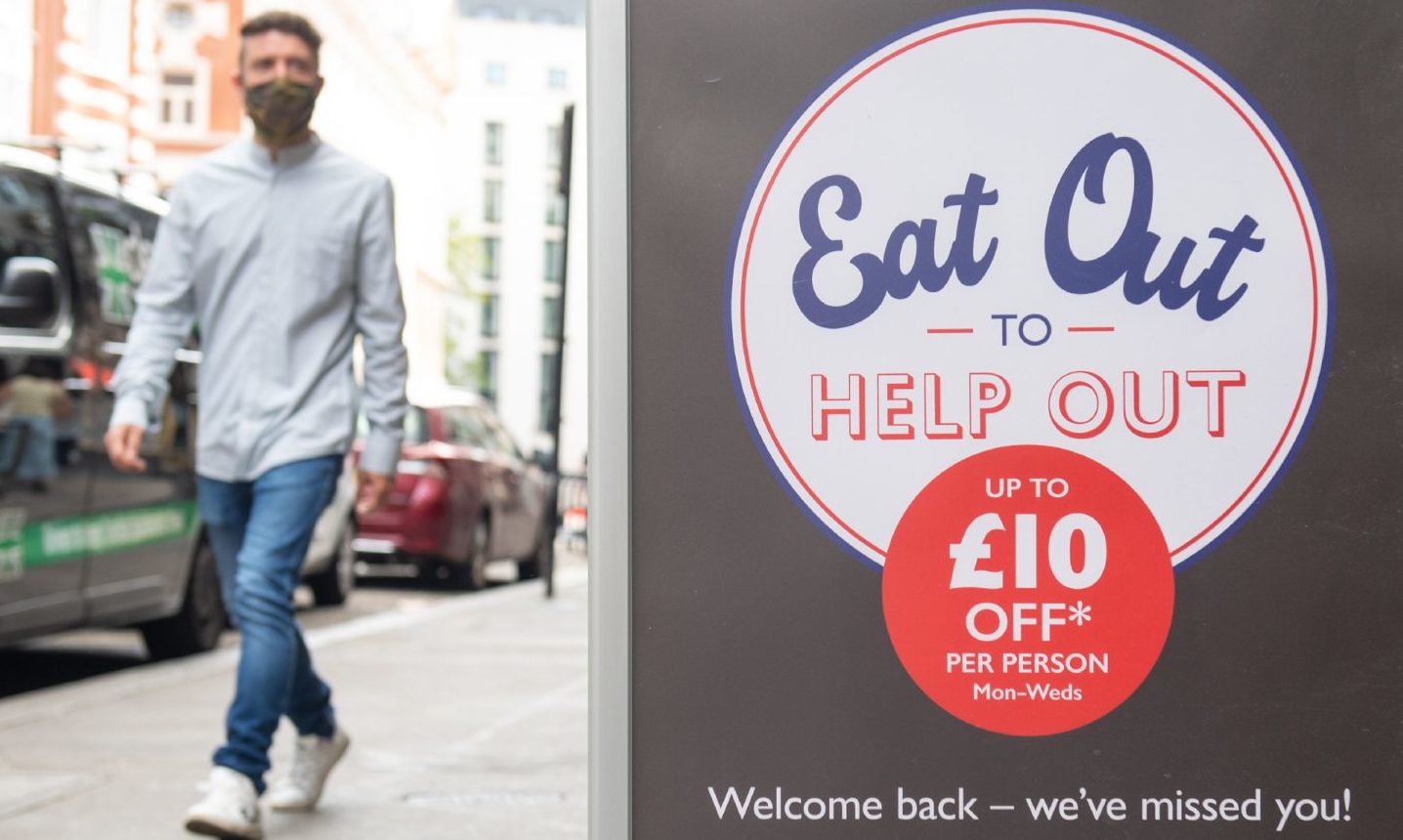The word has been running round my head now for months and months, like a tune I can’t get rid of. Gaslighting.
Outside my window, winter darkness has fallen – in every way – the light of my television screen stark against the gloom. An injured child trembles in a hospital corridor, her body beginning to shake, not because of her injuries but because of the psychological trauma of her experiences. It is one of the most terrible war images I have ever seen, but if care too much about that child, if I march for her rights, apparently I am full of hate, not love.
The word takes up lodging in my head, like a guest who has outstayed their welcome. Gaslighting. It swirls around in there, alongside feelings of confusion and sadness. You too, perhaps?
Friends say they have switched off. I read seasoned journalists saying they can no longer watch the news. Journalists! News is the blood in their veins. But there is an impotence here that is breeding hopelessness. Some external force – our government – is creating a fear of speaking, is turning obvious truths into ugly lies.
Best not go there, then. I look up gaslighting in a psychology text. “Victims,” it says, “are targeted at the core of their being”. On screen, Home Secretary Suella Braverman talks. Her face is a picture of studied sincerity.
“There is only one way to describe these marches,” she says. She speaks with such certainty that I am transfixed by her performance. Her voice is deceptively little compared to the big boldness of her words. “And that,” she says, “is hate marches.”
For a moment, my sense of reality is shaken to its foundations. There is no context, no acknowledgement of history, no awareness of multiple perspectives. Humanitarians care about pain and injustice on both sides. They march for the trembling child. The United Nations has acknowledged injustice on both sides. How can there be only one? How can what she says be true?
When did our own government start gaslighting us?
“Manipulative people,” the text says, “engage in gaslighting to emotionally control their victims.” How true. When did this feeling begin, of being silenced by a “truth” that spills from authority and which I know not to be true?
Was it in the infancy of this government, during the lie-infested chaos of Covid? When we suppressed the instinct that “Eat Out to Help Out” was crazy? When we decided it must be OK because the people who told us to stay at home were now saying go out? Was it discovering that medical advisers were renaming it “Eat Out to Help the Virus Out”? But they didn’t tell us.
Or was it when the focus fell on desperate immigrants who risked their lives in small boats, and we were told they were spongers who were exploiting our hospitality? There was incredulity back then, that the humanity of these people was being stolen, that we were supposed to think they were all selfish criminals. We knew, but were told we didn’t know. Gaslighting.
It gets deeper, bolder, this manipulation of reality. Now, Suella Braverman wants to make it illegal for homeless people to be given tents to shelter in. Under bridges. On our streets. She tells us that living rough, being homeless, is “a lifestyle choice”.
Using the language of consumerist choice so inappropriately means nobody has to interfere to help. Why, they live as they choose, these people! And we choose that they do not live on our streets. Sweep them away, with their paltry tents, their thin nylon and polyester shields that they erect so wilfully against the wind and rain. Let them eat cake.
The word is relatively new, the concept ancient
Poor Bella. She is the victim in the 1938 play Gas Light, from which the verb “gaslighting” emerged. Her nefarious husband Jack is manipulating her into thinking she is losing her mind. He is creepy, narcissistic, and totally lacking in empathy. He tells Bella that what she believes to be true is not. She cannot believe it, of course, because he is supposed to be her protector. Why would she suspect? Why would we?
The word is relatively new, the concept ancient. “Almost anyone can be susceptible to gaslighting tactics, which have been deployed throughout history… by domestic abusers, dictators, narcissists, and cult leaders.”
The most frightening part is that victims become so weakened, after a while, they find it hard to see what is really happening. “The most effective gaslighters are hard to detect and may be better recognised by their victims’ actions and mental state.” How is everyone feeling? Like Bella, I imagine. Poor Bella. Poor us.
Catherine Deveney is an award-winning investigative journalist, novelist and television presenter



Conversation